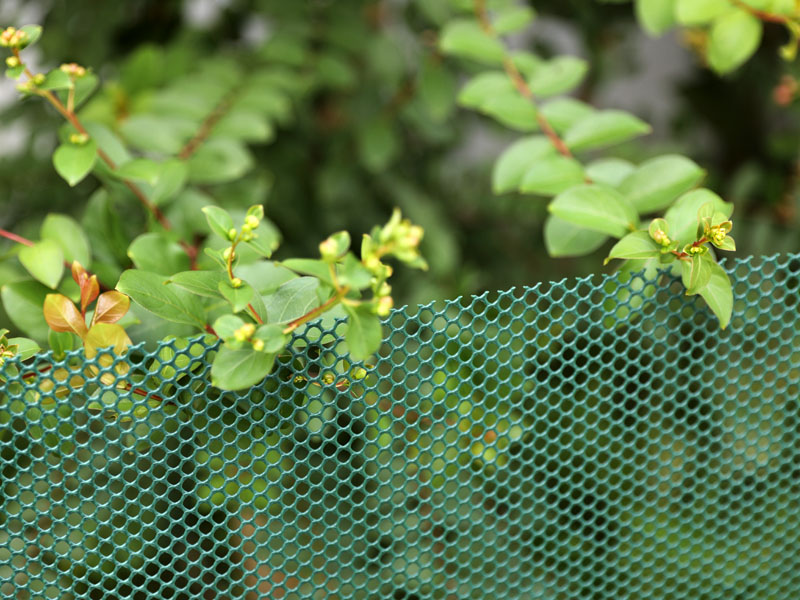Windbreak fences, commonly employed in agricultural set […]
Windbreak fences, commonly employed in agricultural settings, serve multiple purposes beyond merely shielding crops from wind. While their primary function is to reduce wind speed and turbulence, thereby minimizing soil erosion and crop damage, windbreak fences can also play a role in water conservation.
One way in which windbreak fences contribute to water conservation is by mitigating evapotranspiration. Wind can accelerate the evaporation of soil moisture and water from plant surfaces by increasing air movement and turbulence. By reducing wind speed and creating a microclimate with lower wind velocities on the leeward side of the fence, windbreaks help to diminish evapotranspiration rates. This allows plants to retain more moisture, thereby reducing the need for irrigation and conserving water resources.
Windbreak fences can help improve the efficiency of irrigation systems by reducing water loss due to wind drift. In windy conditions, water sprayed by irrigation systems can be carried away from the target area, resulting in uneven distribution and wastage. Windbreaks act as barriers that block or redirect wind currents, minimizing the dispersion of irrigation water and ensuring more efficient application onto crops. This not only conserves water but also enhances irrigation effectiveness, leading to better crop growth and yield.
Moreover, windbreak fences can contribute to soil moisture conservation by reducing the risk of soil desiccation. Strong winds can accelerate soil drying by promoting surface evaporation and disrupting soil moisture balance. By providing a buffer against wind, windbreaks help maintain soil moisture levels by reducing air movement over the soil surface. This is particularly beneficial during periods of drought or dry conditions when preserving soil moisture is critical for crop health and productivity.
In addition to directly influencing water conservation, windbreak fences can indirectly contribute to water savings by enhancing soil structure and fertility. By reducing soil erosion, windbreaks help to maintain soil integrity and prevent the loss of topsoil, which is rich in organic matter and nutrients. This, in turn, promotes better water infiltration and retention within the soil profile, reducing runoff and enhancing water-holding capacity. As a result, crops grown in areas protected by windbreaks may require less irrigation water to sustain healthy growth.
While the primary function of windbreak fences is to mitigate wind-related hazards in agricultural settings, their benefits extend to water conservation as well. By reducing evapotranspiration, minimizing wind drift of irrigation water, preserving soil moisture, and enhancing soil fertility, windbreaks contribute to more efficient water use and improved agricultural sustainability. Incorporating windbreaks into farming practices can therefore play a valuable role in conserving water resources and promoting resilient agriculture in the face of changing environmental conditions.



 WhatsApp:+8613626888261
WhatsApp:+8613626888261